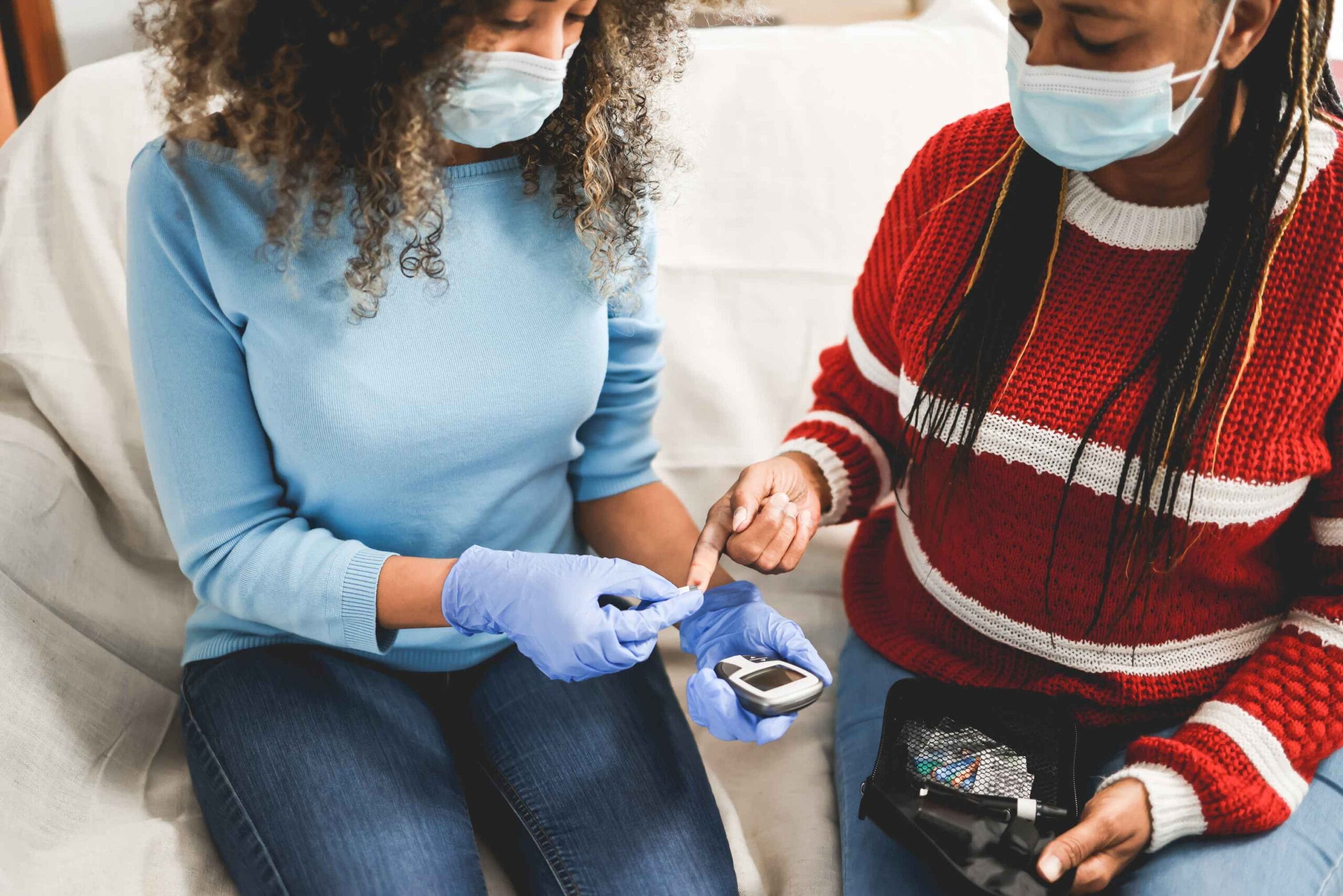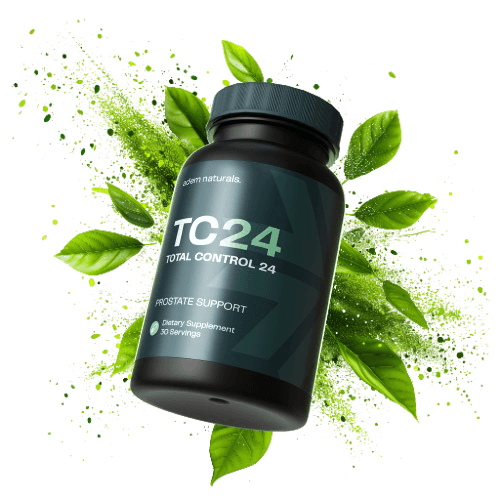
Table of Contents
Why It Is Important To Naturally Lower Blood Sugar?
It’s critical to have the right blood sugar levels for overall health but getting it right is often ignored until it becomes a problem. Thanks to the increasing prevalence of type 2 diabetes and insulin resistance, it is more important than ever to maintain proper blood sugar levels systelye. Aside from causing immediate discomfort, uncontrolled levels of blood sugar make problems like kidney malfunction, heart disease and nerve damage more likely in the long term.
The good news? Blood sugar levels can be kept in check and naturally without any medication, and it can be as simple as changing some lifestyle habits. Natural blood sugar lowering also improves energy levels, mood and overall well-being, in addition to reducing the risk of chronic health issues. In this article, we’ll explore some tried-and-tested, non-pharmacological techniques to lower blood sugar levels in seven days or less.
All About Blood Sugar & How It Affects Your Health
Your cells consume blood sugar, or blood glucose, as their primary fuel source. After you eat, your body turns carbs into glucose and then releases it into the bloodstream. The pancreas releases the hormone insulin, which helps glucose enter your cells so it can be used for fuel. Problems arise when insulin stops working well enough or blood sugar levels go too far.
In the long term, chronic high blood sugar can damage organs, blood vessels, and neurons and lead to conditions such as neuropathy, kidney disease, heart disease, and stroke. It can also lessen immunity, which increases susceptibility to infections. Maintaining controlled blood sugar levels is key to preventing these outcomes.
Inflammation caused by continuous high blood sugar increases the risk of metabolic diseases such as diabetes and obesity. When you lower blood sugar naturally, you’re protecting your health for the long haul—not simply adjusting digits on a graph.
What can you do today:
Day 1: Start Your Journey with a Healthy Diet
As much as, if not more than, any other influence nutrition determines blood sugar control. More specifically, the foods (the types and the quantities) that you eat directly determine the amount of glucose that will enter your bloodstream. The first step in lowering blood sugar is to switch to a diet rich in whole, unrefined foods.
By focusing on foods that provide sustained, slow-releasing carbohydrates, one can eliminate the rapid rise in blood sugar. Processed meals and refined sugars should be avoided, but whole grains, legumes and non-starchy veggies are excellent alternatives.
Food types like nuts, seeds, avocados and leafy greens provide key nutrients that assist with sugar regulation. Protein Rich Foods: Lean meats, eggs and tofu are protein-rich foods that help to calm blood sugar. Fat, the healthy kind found in fatty fish and olive oil, must be prioritized because they help manage insulin sensitivity.
You need to stay away from sugary foods and refined carbs. The fast sugar spikes caused by white bread, pastries and sugary cereals can outstrip your body’s ability to regulate insulin.
Day 2: Drink Your Way to Healthy Blood Sugar: Stay Hydrated
The role of water in blood sugar level management is often ignored. Staying hydrated helps the kidneys to remove excess glucose from the blood efficiently. When you are properly hydrated, your body’s insulin sensitivity also improves, which helps cells uptake glucose.
On the other hand, sugary beverages should be a total no-go. These types of drinks can elevate blood sugar levels rapidly in addition to providing empty calories in your diet. Diet Sodas — No Calories, Elevated Insulin: Thus should be avoided.
For optimal hydration, aim for a minimum of eight cups of water daily. Teas that contain ginger or cinnamon can also help control blood sugar. To remind you to stay hydrated, try carrying around a water bottle at all times.
Day 3: Use Fiber to Help Blood Sugar Handling
Fibers does really marvelous work as a natural sugar reducing partner. That slows its absorption and helps prevent blood sugar spikes and crashes. Foods rich in Fiber support heart health by decreasing cholesterol and promoting digestive health.
Aim to eat a mix of both soluble and insoluble fiber. Soluble fiber (e.g., in fruits, beans, and oats) prevents glucose absorption by forming a gel-like substance in the gut. This helps maintain blood sugar levels. Insoluble fiber, found in whole grains and vegetables, adds bulk to your stool and encourages regular bowel movements.
To help those who want even more fiber, try adding psyllium husk, flaxseeds as well as chia seeds to your diet as well. Simple, tasty ways to add fiber are a smoothie containing ground flaxseed, a salad with seeds sprinkled on top, or a chunky vegetable soup.
Day 4: Sharpen Your Portion Control Skills
Portion control is essential to control blood sugar. Even eating excess amounts of nutritious foods can lead blood glucose levels to spike too high. THIS IS HOW YOU CAN HAVE CONTROL OVER PORTIONS in your meal, joy and Excessiveness is pleasure and deprivation is-rotting (one can eat meat, but they should not eat the meat which is harmful to their body) so balance is the key.
One approach to portion sizes is the “plate method”: Fill half of your plate with non-starchy veggies, a quarter with lean protein and a quarter with healthy carbs. This will provide valuable nutrients without making you overeat and will help keep blood sugar stable.
Mindful eating is important as well. When you eat mindfully, savoring every bite, your body can detect when you’re becoming full before you overeat. That way you can skip the blood sugar spikes that often come in the wake of heavy meals.
Day 5: Exercise to Keep Blood Sugar Level
Exercise is one of the most effective natural ways to lower blood sugar. Exercise helps to lower blood sugar levels by helping muscles use glucose for energy. Plus, it enhances insulin sensitivity, which helps your body regulate blood sugar more effectively.
Any exercise is helpful, but the best benefits are seen with a combination of strength and aerobic training. Well, strength building exercises like weight-lifting or Yoga not only increases muscle mass but also helps to:- regulate blood sugar level, brisk walking/cycling/swimming will help in cardiovascular health.
Try to involve brisk physical activity for at least 30 minutes in your daily routine. If you are short on time, shorter, but more intense high-intensity interval training (HIIT) sessions can also have great effects on blood sugar control.
Day 6: Manage Stress to Prevent Spikes in Blood Sugar
Stress subtlety disrupts the balance of blood sugar. When you’re under stress, your body releases cortisol, a hormone that prompts the liver to release glucose into the blood stream. This might lead to higher levels of blood sugar even in the absence of food consumption.
Practice some deep breathing techniques or meditation, or make mild movements like yoga or walking to alleviate stress, and to prevent blood sugar spikes. You might also try keeping a journal or going outside, which can help people feel less stressed.
It’s also important to ensure that you are getting quality sleep. Studies have shown how insufficient sleep tends to raise cortisol production, which can wreak havoc on blood sugar levels. To keep your body in its natural balance, strive for seven to nine hours of good sleep each night.
Day 7: Using Herbs and Natural Supplements to Support
Some herbs and supplements may additionally help with blood sugar control. Cinnamon, for example, has been shown to lower blood sugar levels and improve insulin sensitivity. Turmeric can also help reduce blood sugar spikes due to its anti-inflammatory properties.
Other beneficial herbs include fenugreek, which can help to increase glucose tolerance, and bitter eliminate, which, as mentioned above, has been traditionally used to regulate blood sugar. Simple ways to incorporate these vitamins into your diet are with teas, smoothies, or tablets.
It’s important to consult with a health professional before beginning any new supplements regimen to ensure they’re safe and appropriate for your needs.
Maintaining Blood Sugar Levels After Seven Days
While a weeklong regimen may help rein in blood sugar, it’s important to maintain these healthy habits in the long run. It is about regularly doing something, not doing it perfectly. Continue to prioritize stress reduction, mindful eating, a healthy diet, and regular movement.
To keep yourself on track, consider setting up reminders or keeping a log of what you eat. Changes can range from small steps, like swapping out sugary snacks for healthy ones, to lifestyle changes, which can make a big difference over time.
Troubleshooting: When You Get No Results
If your blood sugar doesn’t return to normal as quickly as you’d like, don’t despair. There can be several facts such as a lack of healthy food choices, smaller portion sizes, or physical activities that slow down growth. If you want better results, consider reviewing and making small adjustments to your routine. If you’re still struggling, yes, it may help to talk to a medical professional about what’s at the root of your problems.
Regular Checking In Blood Sugar Maintenance
You will want to be regularly testing your blood sugars and checking to see just how well your gut is adapting to your new lifestyle choices. Use a home glucose monitor to track daily fluctuations and spot trends in your blood sugar levels.
Find a doctor to review your numbers and adjust your plan as needed. If you know the relationships of your meals, activity levels and blood sugar, you can better make choices in the future.
Real Life Case Studies: How Others Effectively Lowered Their Glucose Levels Naturally
Stories are also one of the strongest motivational tools, especially those from real life. Many have been able to lower blood sugar naturally, just like performing similar acts as well, like eating all meals, exercising regularly, managing stress & taking natural supplements. Their journeys show that lasting changes are possible when you put your heart and a lot of work into them.
Final Thoughts: It Is Time to Take Control of Your Wellness
You can be proactive in your health rather than having a diagnosis dictate your life. Follow this 7-day plan and you can drastically improve your body’s blood sugar regulation. If you begin today, you will feel more empowered, focused and invigorated in a week.
Being blood sugar conscious does not mean deprivation; it means making lifestyle choices that fuel your body, support your wellbeing and protect your health in the long run. Now take sh*t by the horns and the benefits will follow.






